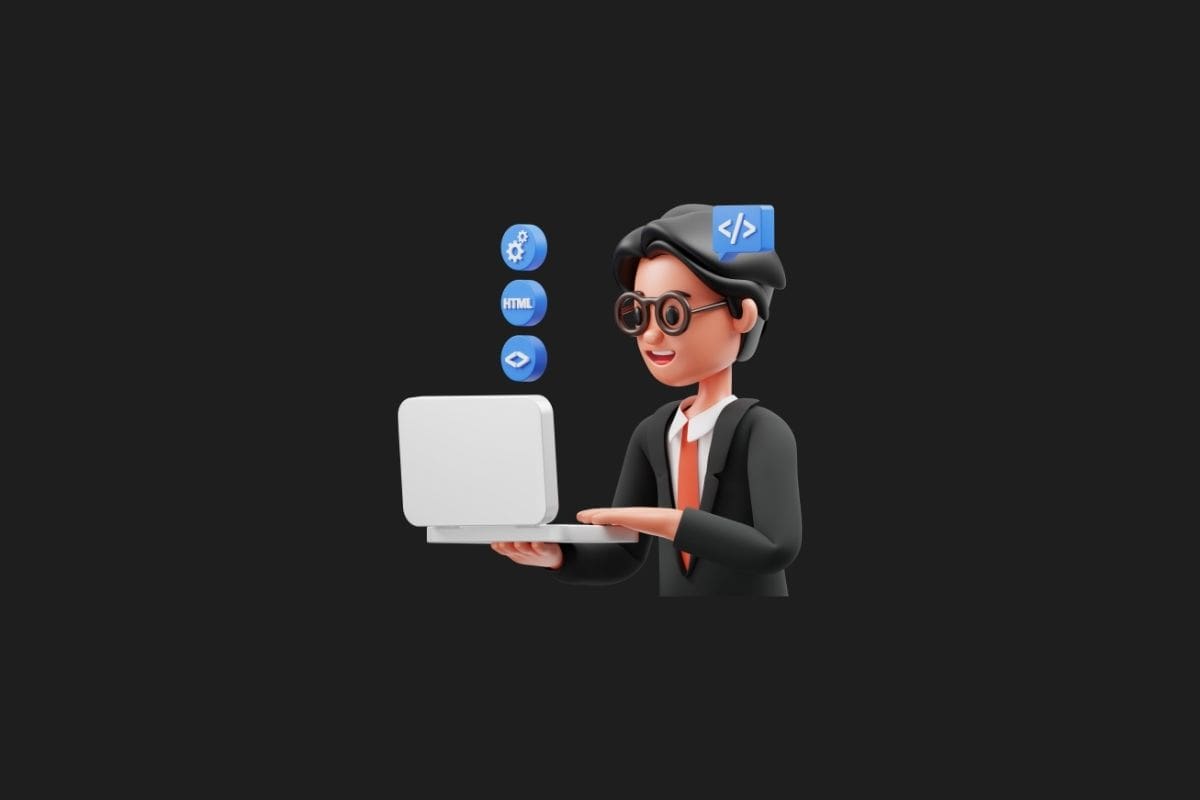Web3, often described as the next generation of the internet, is a decentralized ecosystem built on blockchain technology. Unlike the centralized nature of Web2, where large corporations control data and platforms, Web3 aims to return ownership and control to the users.
Core Concepts of Web3

- Decentralization: The fundamental principle of Web3 is to distribute control and ownership across a network of computers rather than relying on a centralized server. This makes it more resistant to censorship and single points of failure.
- Blockchain Technology: Blockchain provides a secure and transparent ledger for recording transactions. In Web3, it serves as the foundation for storing data and facilitating interactions between users and applications.
- Cryptocurrencies: Cryptocurrencies like Bitcoin and Ethereum are digital assets that use cryptography for security. They are often used as a medium of exchange within Web3 applications.
- Smart Contracts: Smart contracts are self-executing contracts with the terms of the agreement directly written into lines of code. They automate the execution of agreements, reducing the need for intermediaries.
How Web3 Works
- Data Storage: In Web3, data is stored on a distributed network of computers, ensuring redundancy and security. This decentralized storage prevents data from being controlled by a single entity.
- User Identity: Users in Web3 are represented by digital wallets that store their cryptographic keys. These keys grant access to their digital assets and allow them to interact with decentralized applications (dApps).
- Transactions: Transactions on a Web3 network are verified and recorded on a blockchain. Smart contracts automate the execution of these transactions, ensuring transparency and immutability.
- Governance: Many Web3 protocols use decentralized governance models, allowing token holders to vote on changes to the protocol. This empowers the community to shape the future of the platform.
Benefits of Web3
- Increased Security: Decentralization makes it harder for hackers to compromise the entire network.
- Transparency: Blockchain technology provides a transparent and immutable record of transactions.
- Censorship Resistance: Web3 is designed to be resistant to censorship, as there is no single point of control.
- Financial Inclusion: Cryptocurrencies and Web3 applications can provide financial services to the unbanked.
- New Business Models: Web3 enables new business models, such as decentralized finance (DeFi) and non-fungible tokens (NFTs).
Challenges and Considerations
- Scalability: As Web3 networks grow, scalability becomes a major challenge.
- User Experience: The user experience of Web3 applications can be complex for newcomers.
- Regulation: The regulatory landscape for Web3 is still evolving, creating uncertainty for businesses and users.
In conclusion, Web3 represents a paradigm shift in how we interact with the internet. By decentralizing control and leveraging blockchain technology, it offers the potential for a more secure, transparent, and equitable digital world. However, there are still challenges to overcome before Web3 can reach its full potential.
You may also like this content
- Blockchain: The Key to the Metaverse and Web3
- Discover Web3 Domain: Future of Digital Identity
- What is Web 3.0? Future of the Internet Explained


